Reading Comprehension Text and Exercises
Types of Climate
The weather can be truly unpredictable. It can change day-to-day, or even hour-to-hour. Nevertheless, we can still notice certain weather patterns. We know when to expect snow, or when to book our summer holiday. These weather patterns, distinct from one region to another, are called climate.
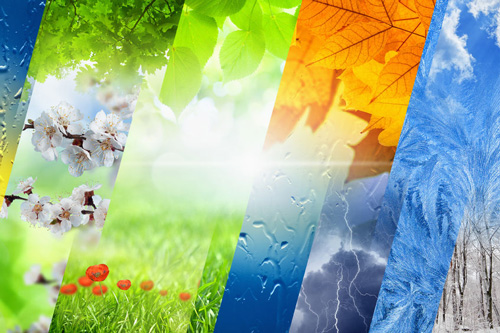
Click Here for Step-by-Step Rules, Stories and Exercises to Practice All English Tenses
A Brief Introduction to Climate
- Climate differs from one part of the world to another. Some regions have four seasons each year, while others can be snow-covered most of the time. These differences also have an impact on the biodiversity in the area. It would be hard to find a polar bear in a tropical place like Thailand!
- Scientists distinguish among different types of climate based on specific features. Most commonly, these features are the average temperature and precipitation (how much rain or snow falls in a place). Sometimes, they will also look into how windy it is, and whether it is foggy or humid.
- What does climate depend on?
Firstly, latitude, which is the distance of a place north or south of the equator. (The equator is the line half-distance between the two poles.)
Secondly, elevation, which is the height of a place above sea level.
Thirdly, the biosphere, which means all living things and their environment, because, for example, forests have a cooling impact on climate.
Lastly, humans, too, have been altering landscapes and influencing these weather patterns with their activities.
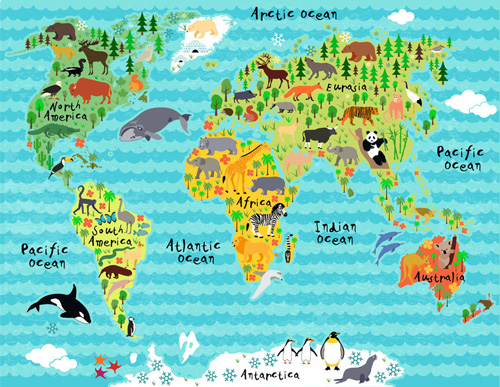
Köppen Classification System
There are several classification systems designed for climate types. The most popular one is called the Köppen system. Wladimir Köppen was a Russian-German scientist who, in 1900, proposed a method which studies vegetation (all the plants found in an area), temperature, and precipitation to group different climate regions.
There are five climate groups, each of them is further divided into types.
Tropical
The tropical climate is hot and humid, usually with an abundant rainfall. This high level of temperature is maintained with little variation throughout the year.
There are three types of tropical climate:
Tropical Wet Climates
Tropical wet climates are unique for places known as rain forests. These regions are located around the equator, and have the most predictable weather pattern of all – temperatures are consistently high throughout the year, and rain falls regularly.
Places with tropical wet climate are, for example, Hawaii, or Kuala Lumpur in Malaysia.
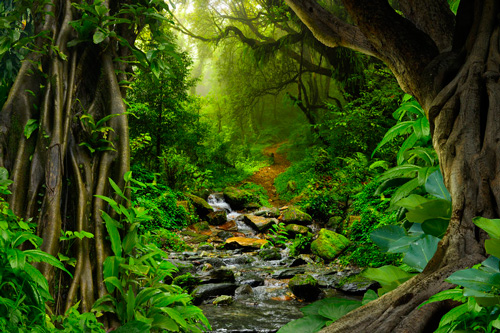
Tropical Monsoon Climates
A monsoon is a wind in southern Asia that brings heavy rains in the summer.
Tropical monsoon climates are characterized by this wind system, called monsoon, which changes its direction twice a year – from sea to land in the summer, and from land to sea in the winter.
In places with tropical monsoon climates like India and Bangladesh, people's crops growth relies on the seasonal rains brought by summer monsoons.
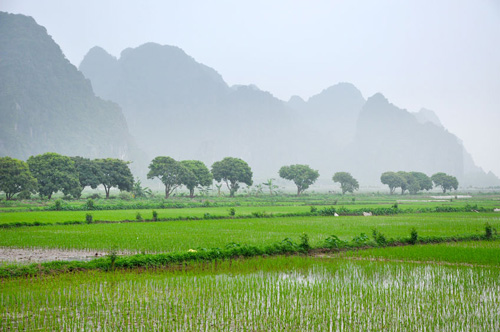
Tropical Wet and Dry Climates
Tropical wet and dry climates have three seasons:
- a cold and dry season
- a hot and dry season
- a hot and wet season
Cuba and parts of Africa can experience drought when very little rain falls, or floods when there is too much rain.
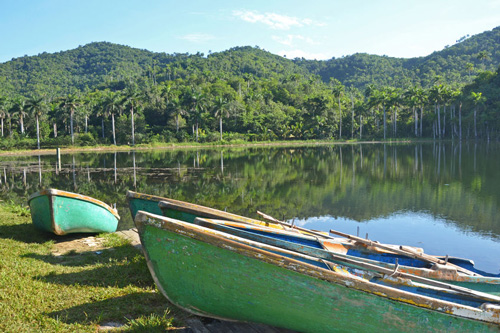
Dry
Dry climate is specific for regions with low precipitation (rain and snow). Based on how much rain falls, there are two dry climate types: arid and semiarid.
Arid Climates
Arid means very dry and with little or no rain.
Arid climates are unique for deserts and cover nearly 33% of the planet.
Some of the hottest places on Earth, like Libya, where the temperature reached 136° F (58° C), have an arid climate.
To be categorized as an arid climate type, a region must receive less than 10 inches (25.4 cm) of rain per year, although many of them do not get that much rain in 10 years!
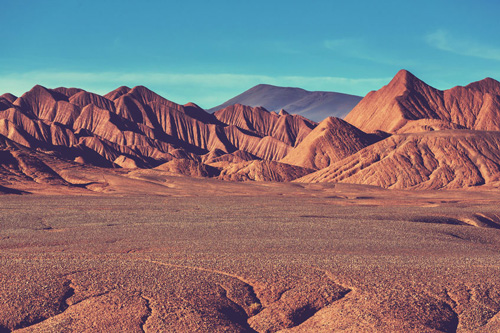
Semi-arid Climates
Semi means half or partly.
Semi-arid climates are the next driest type of climate. They receive slightly more rainfall – 10-20 inches (25-50cm) per year.
Semi-arid climates are further split into two types: hot and cold. The regions with semiarid climates always surround arid climate regions.
There is sometimes enough rain to support farming, but often there is drought. The city of Denver in Colorado is a representative of this climate type.
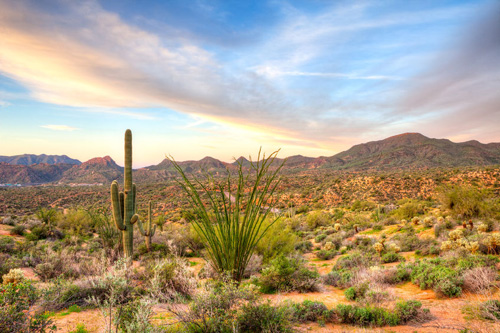
Mild (Also Called Temperate)
Mild or temperate means not too hot and not too cold.
Temperate climates are those without extremes of temperature and precipitation (rain and snow). These areas are usually mid-way between the equator and the poles. They are often found near a warm ocean or sea.
There are three types of mild climates:
The Mediterranean Climate
The Mediterranean type's characteristics are warm summers with little or no rain, and short, mild winters. Places with this climate are located along the Mediterranean Sea.
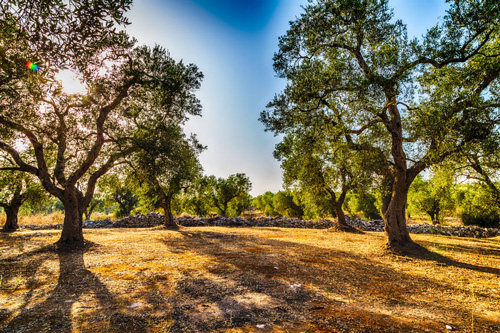
Humid Subtropical Climates
Humid subtropical climates have more rain, spread throughout the year, and colder winters. Sometimes, big storms and even hurricanes can occur. These places include Sydney in Australia and Shanghai in China.
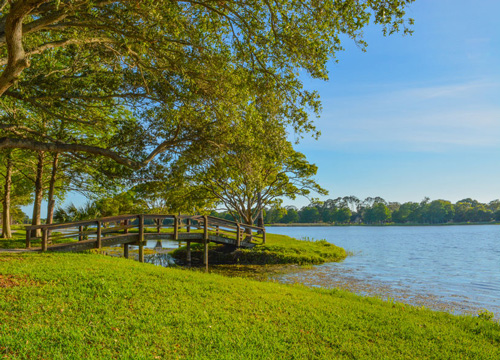
The Marine West Coast Climate
Marine means relating to the sea.
The Marine West Coast type, typically found on western coasts of continents, is affected by the presence of mountains. The temperatures in places like Seattle, the US, or Wellington, New Zealand (which have this climate type) do not change much.
In addition, there is an abundance of precipitation throughout the year, and the sky is often cloudy.
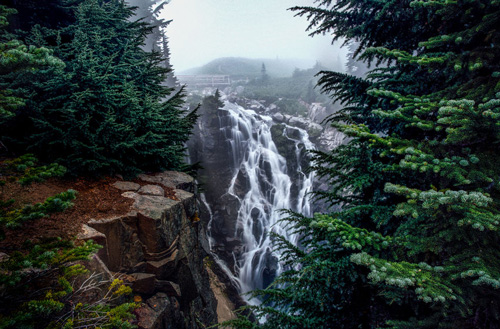
Continental
In continental climate zones, winters are colder and longer, and the differences in weather conditions from one season to another are more drastic. In general, all three continental climate types are only found in the Northern Hemisphere, in Europe, Russia, and North America.
This type of climate is called continental because it is typical of the interior of a continent, where there are no nearby oceans to moderate weather conditions.
Humid Continental Climate / Warm Summer
The humid continental climate type is defined by four seasons. Summer is warm, rainy, and humid, fall is cool and dry, winter is harsh and cold and, and spring is warm and wet.
Most of Eastern Europe has this climate.
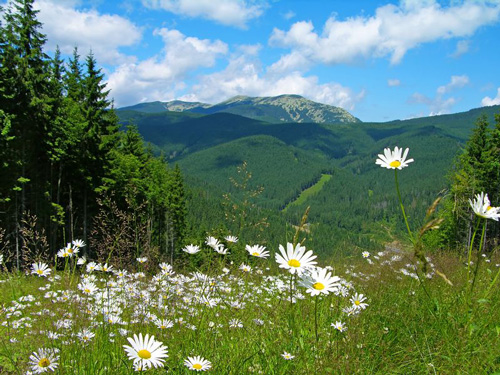
Cool Summer Climates
Places in the European part of Russia, which have cool summer climates, traditionally witness very low temperatures and snow in the winter, and mild, cool summers.
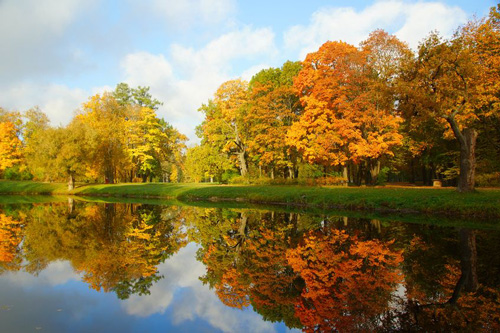
Subarctic Climates
Alaska, Scandinavia, Siberia, and parts of Canada have subarctic climates, known for very long, dark, cold winters, and short summers.
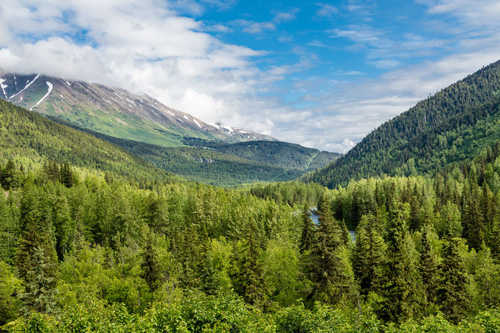
Polar
Polar means "connected with the North or South Pole or near them". The polar climate is found near the Poles.
There are two types of polar climates: the tundra and the ice cap. These climate types have the lowest temperatures on Earth.
Tundra
A tundra is a large, flat area of land with only low growing plants. It is found in very cold regions of earth. Tree growth is difficult there because of the cold temperatures.
Tundra climates are found along the coast of the Arctic Ocean in the north. They have short and mild summers, but are still very rich in animal and plant life. These are the places where polar bears and reindeers live.
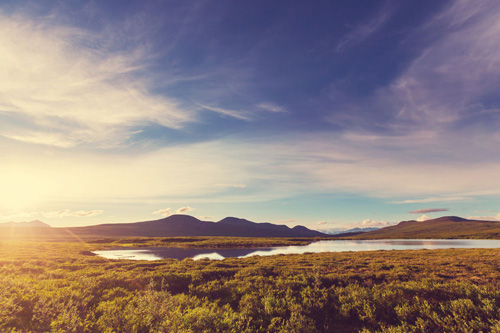
Ice Cap
The ice cap is a layer of ice covering parts of the earth around the North and South Poles.
Very few organisms can survive in the ice cap climate. Both the Arctic (the North Pole and its surroundings) and Antarctic (the South Pole and its surroundings) have this climate type. It is not uncommon that everything stays frozen even during the summer, and there is very little rain.
When it comes to animals, penguins are known to be fond of this climate type.
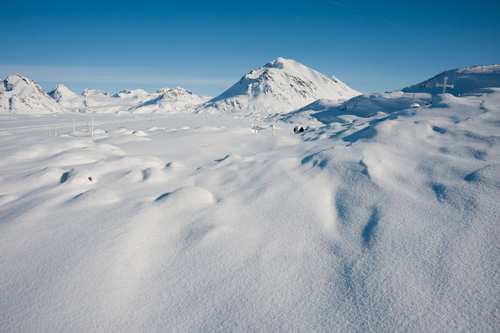
Comprehension Exercises
Vocabulary Questions
- What does "drought" mean?
- long period with low temperatures
- long period with a lot of rain
- long period with little or no rain
- What does "humid" mean?
- with low presence of sun
- with high level of water vapor in the air
- with large quantity of ice
- What does "alter" mean?
- to change something slightly but significantly
- to export something
- to continually add new buildings
- What does "feature" mean?
- distinctive attribute, characteristic
- precise measurement
- significant historical event
- What does "drastic" mean?
- happening in a theater
- extreme, severe
- insignificant
Collocation Questions
- When we want to __________ our summer holiday, we look at the weather forecast.
- schedule
- book
- order
- Denver is __________ of the semiarid climate type.
- an illustration
- a representative
- a spokesperson
- Penguins are fond __________ cold climate types.
- of
- in
- about
- Sometimes, scientists look __________ windiness and fogginess to learn about climate types.
- onto
- under
- into
- Although the weather is unpredictable, there are certain weather __________.
- schemes
- arrangements
- patterns
- In Bangladesh, farmers rely on __________ rains.
- seasonal
- biannual
- occasional
- Forests have a cooling __________ on climate.
- influence
- consequence
- impact
- Each climate group is __________ divided into types.
- extra
- further
- later
- Tropical wet climates have the most __________ weather pattern.
- formularized
- unsurprising
- predictable
- Mediterranean regions have __________ winters.
- light
- mild
- gentle
Wh Questions
- Why can there be droughts in savannas?
- because too much rain can fall
- because too little snow can fall
- because too little rain can fall
- When do monsoons bring rain?
- in the winter
- in the summer
- all year long
- What is latitude?
- the distance from the equator
- the distance from the North Pole
- the distance from the ocean
- How can you distinguish between rainforests and savannas?
- savannas have two wet seasons
- savannas have two dry seasons
- rainforests have rain every day
- Which climate group do penguins prefer?
- dry
- continental
- polar
Evaluating Statements
- Based on the information in this lesson, which statement is true?
- The Köppen system is the most commonly used climate classification system.
- The Köppen system is the only climate classification system.
- Based on the information in this lesson, which statement is false?
- Places in South America have the continental climate type.
- Places in North America have the continental climate type.
True or False?
- Based on the information in this lesson, is the following statement true or false?
"Very few animals can survive in the cold tundra." - True
- False
- Based on the information in this lesson, is the following statement true or false?
"Semiarid type areas have more rain than arid type areas." - True
- False
Answer Key
1. C | 2. B | 3. A | 4. A | 5. B | 6. B | 7. B | 8. A | 9. C | 10. C | 11. A | 12. C | 13. B | 14. C | 15. B | 16. C | 17. B | 18. A | 19. B | 20. C |21. A | 22. A | 23. B | 24. A
Get Updates, Special Offers, and English Resources
Download your FREE GIFT (the first two chapters of
English Short Stories Book and Workbook)
as soon as you join!

By submitting your email, you consent to receiving updates and newsletters from us and to the sharing of your personal data with third parties for the purposes of sending you communications. We will not spam you. You can unsubscribe at any time. For more information, please see our privacy policy.








